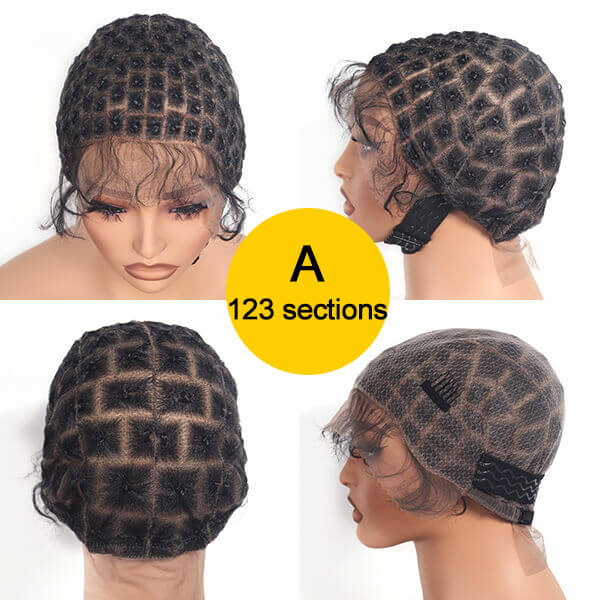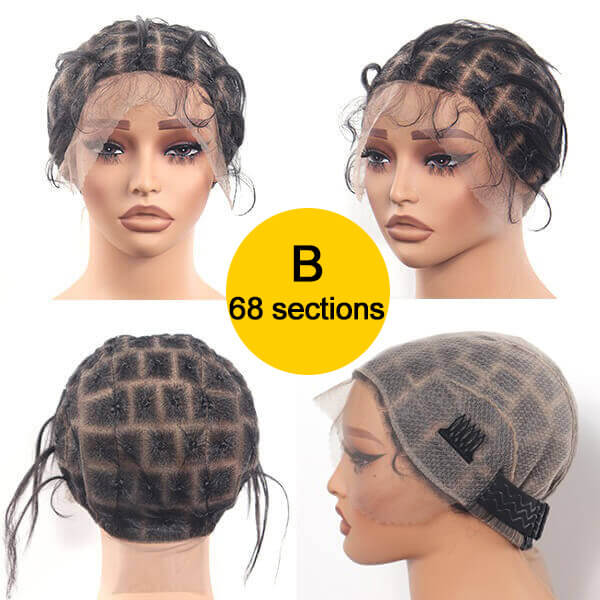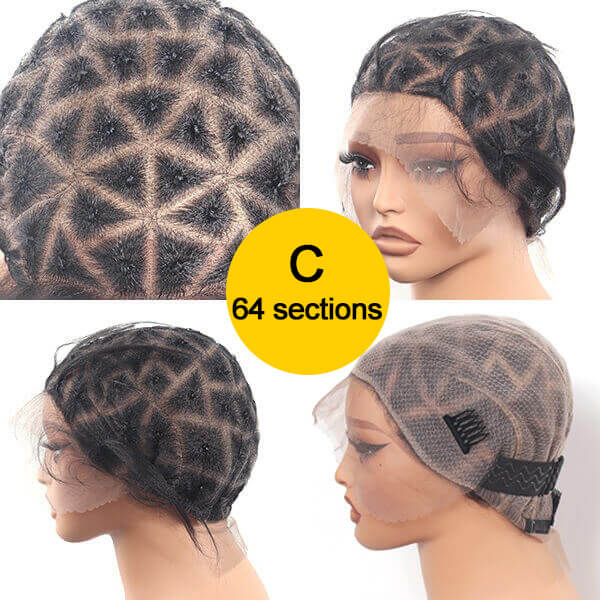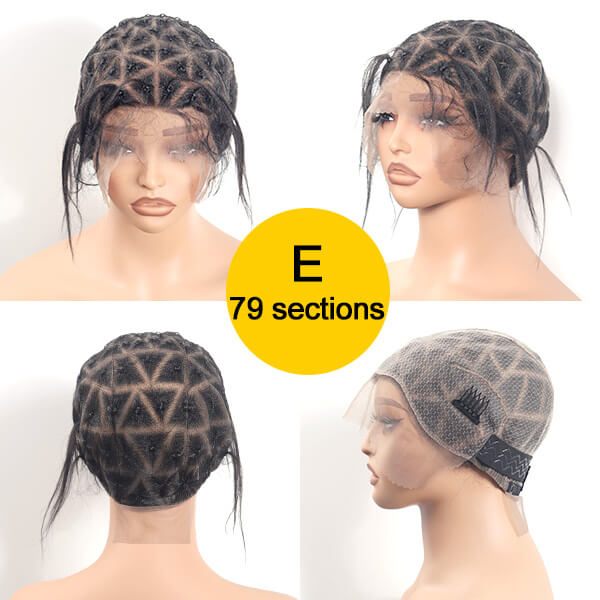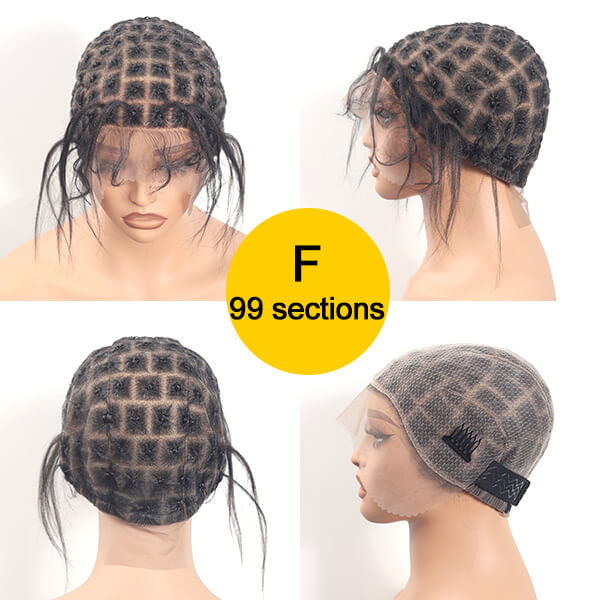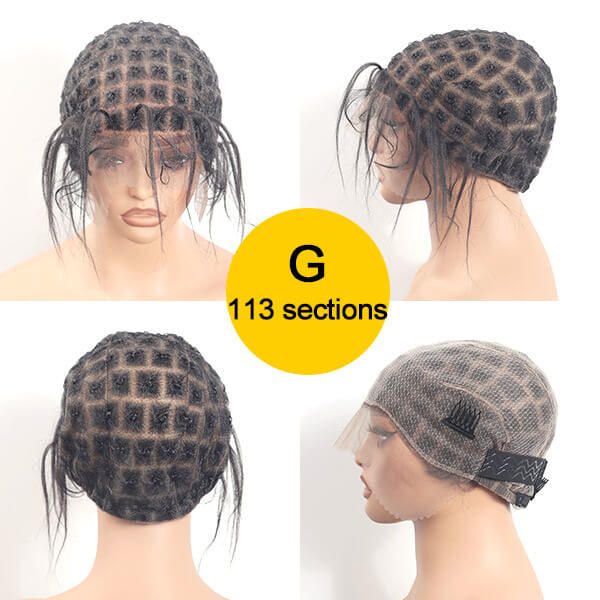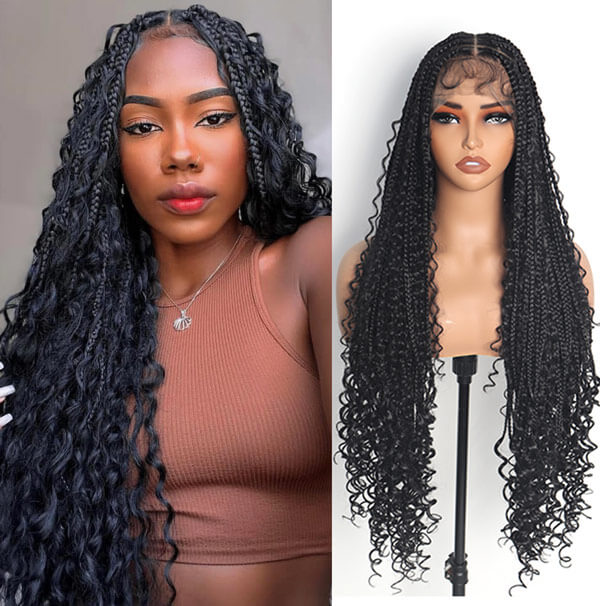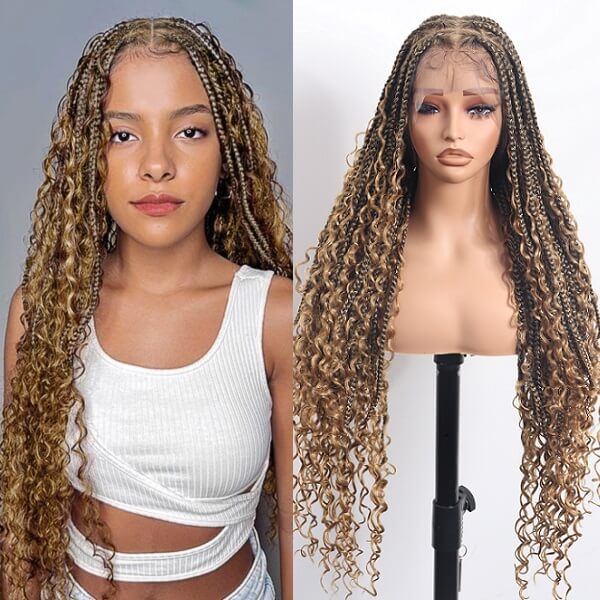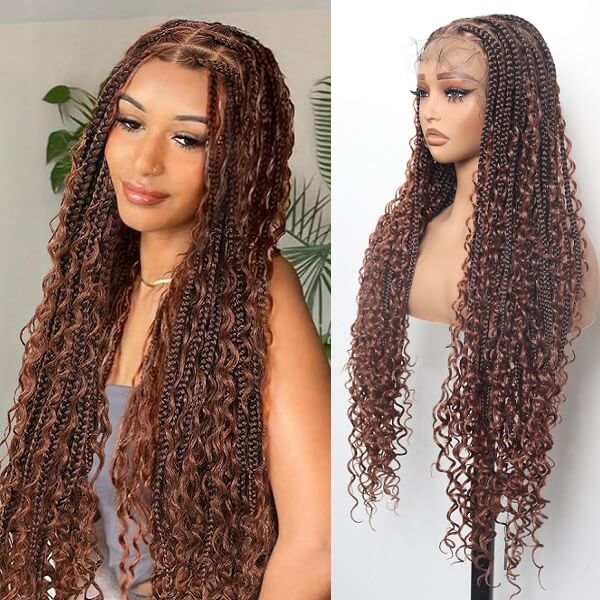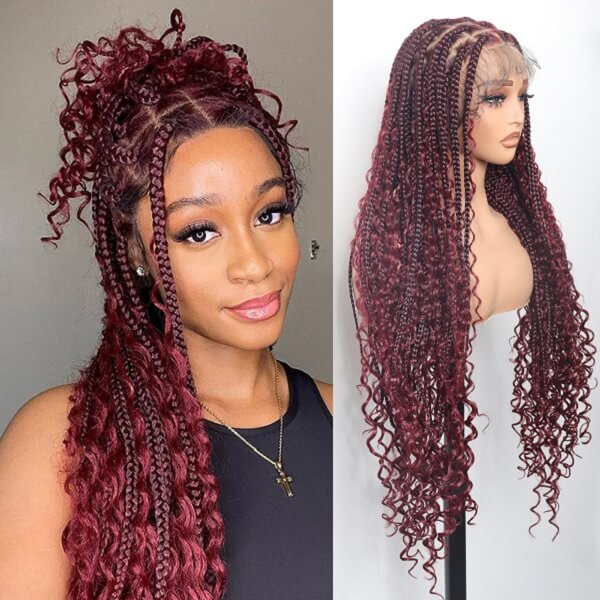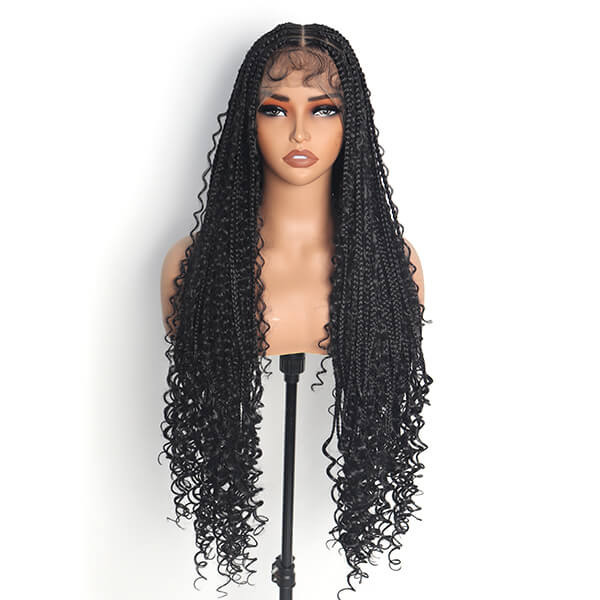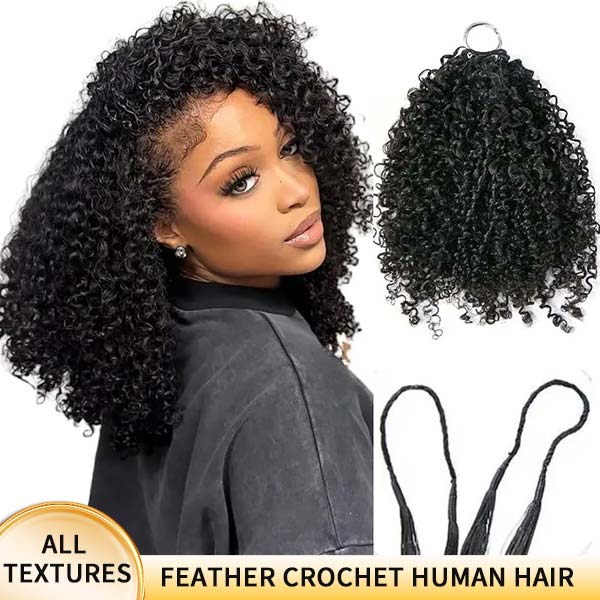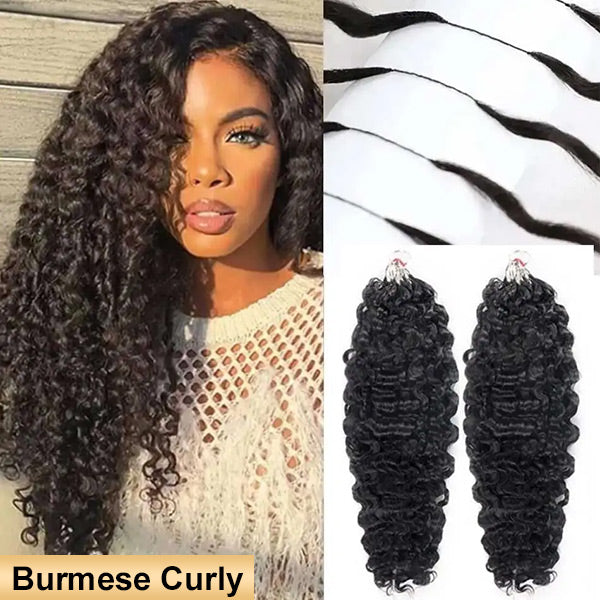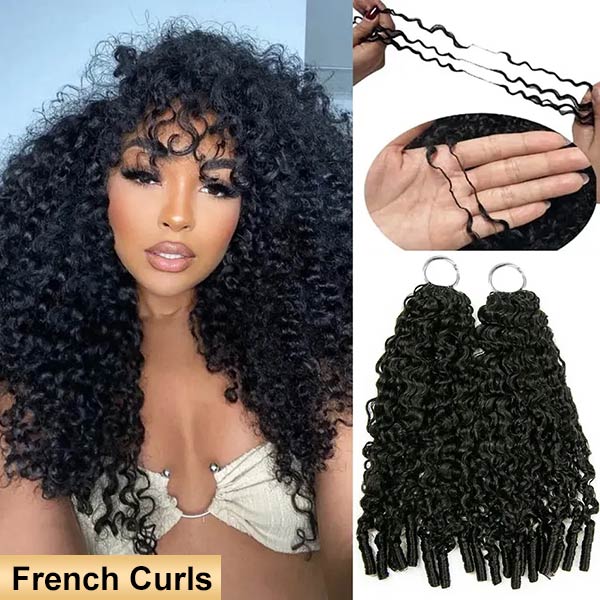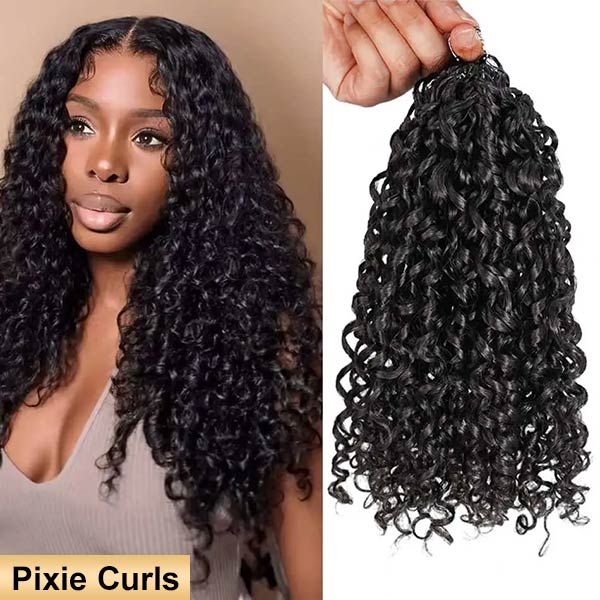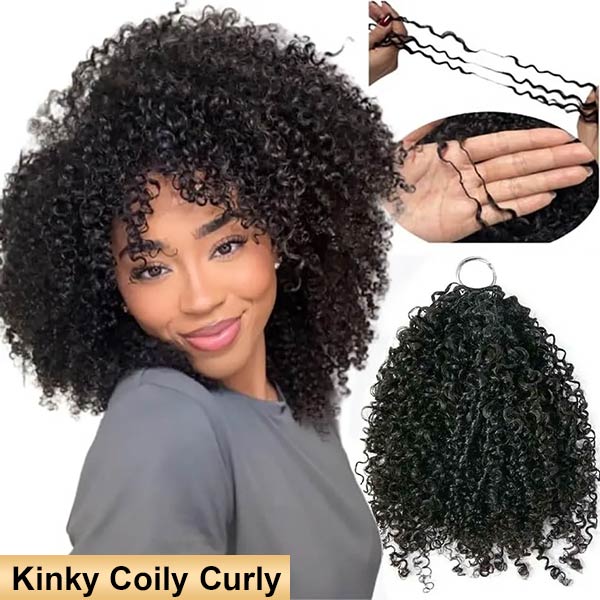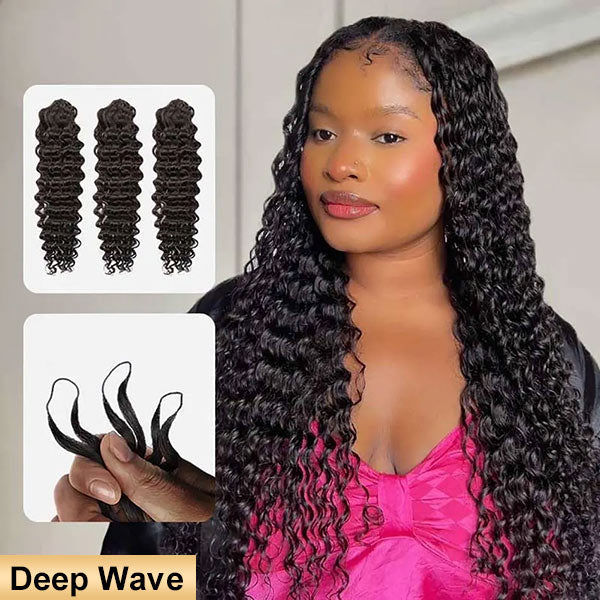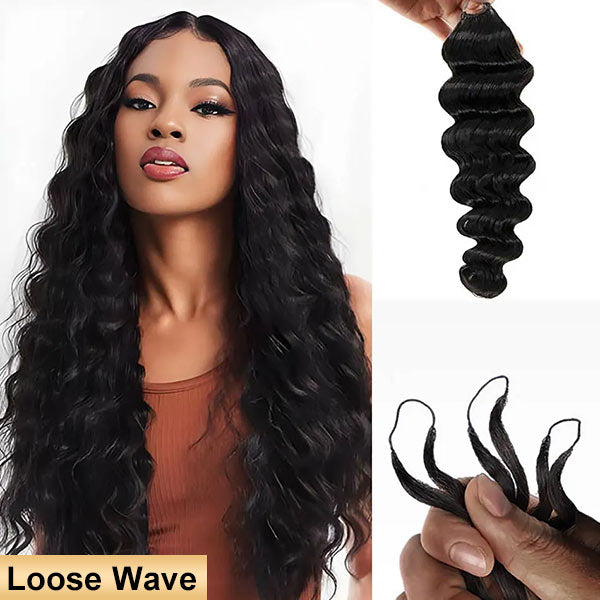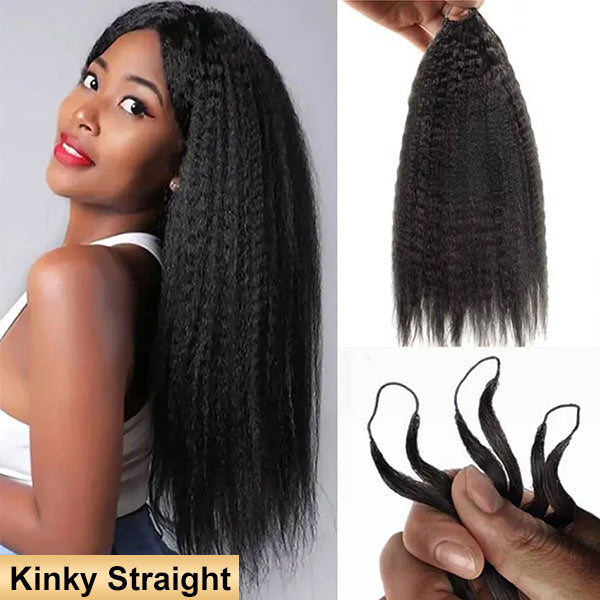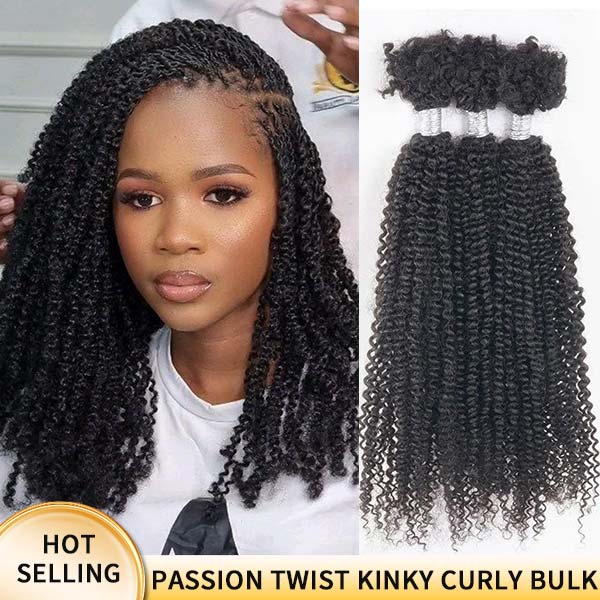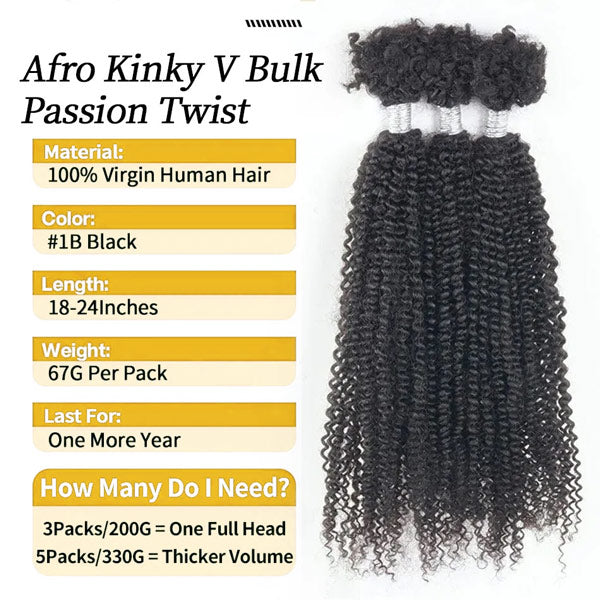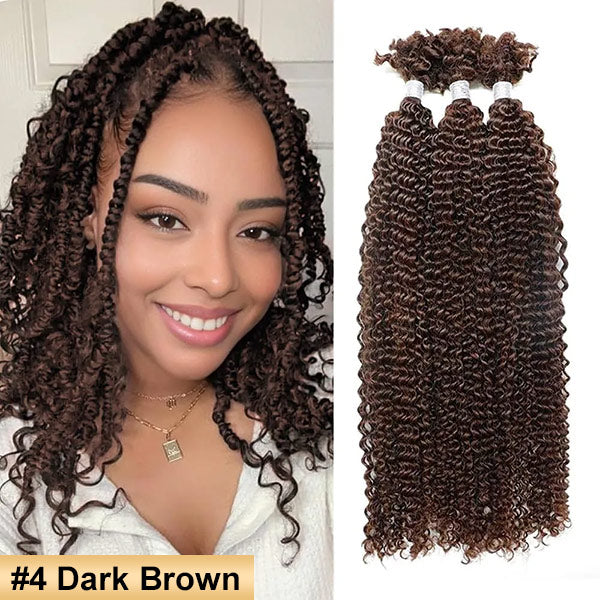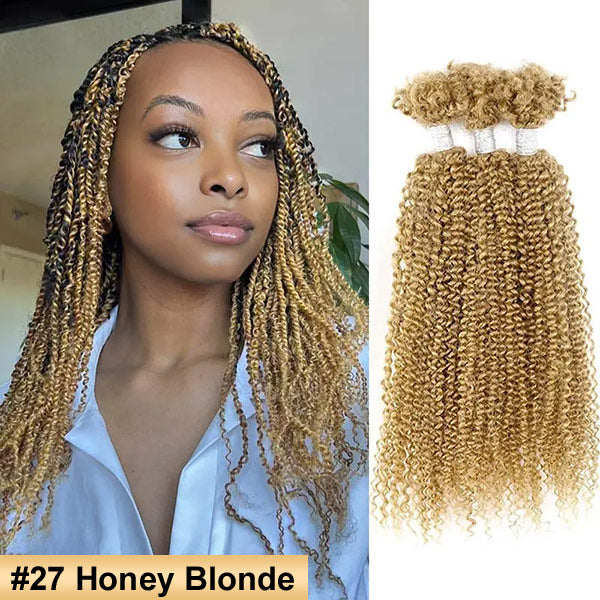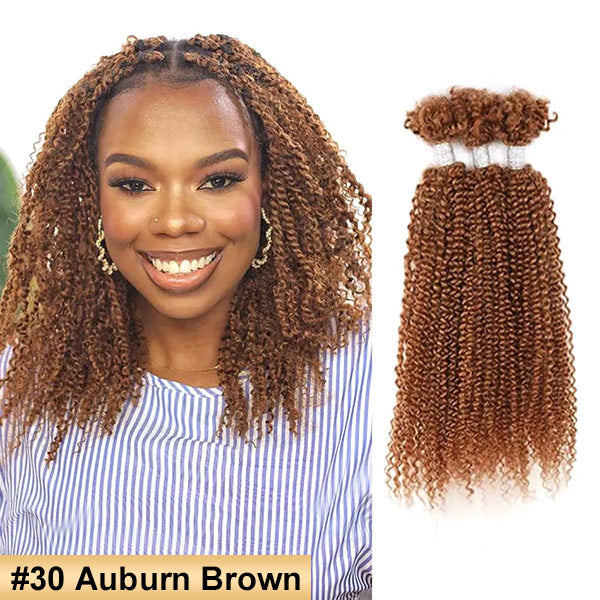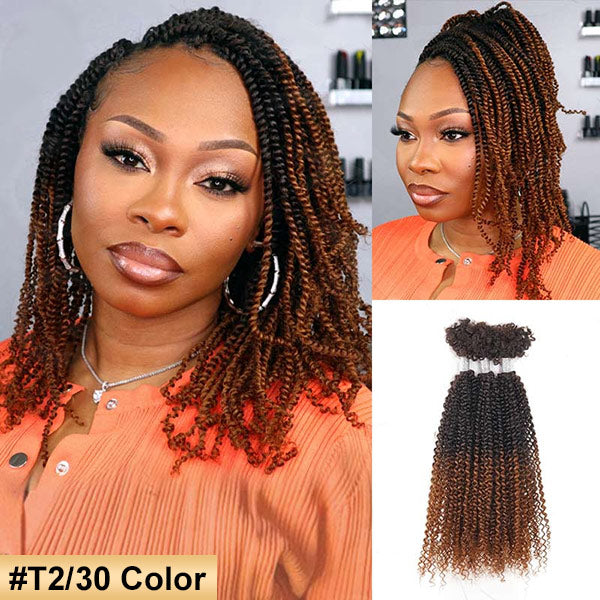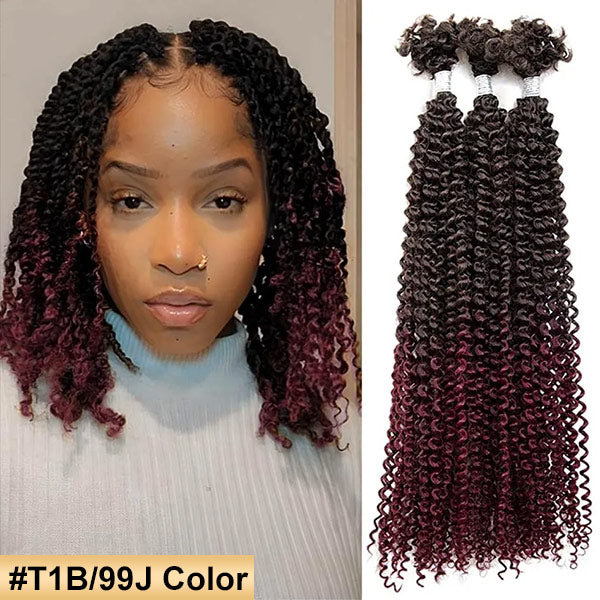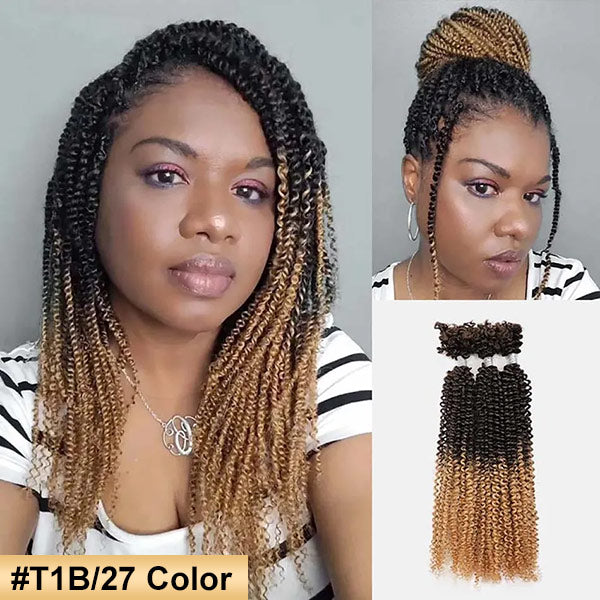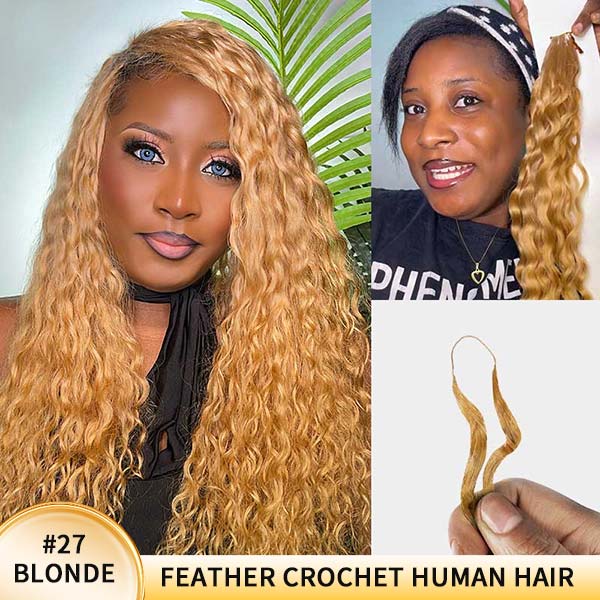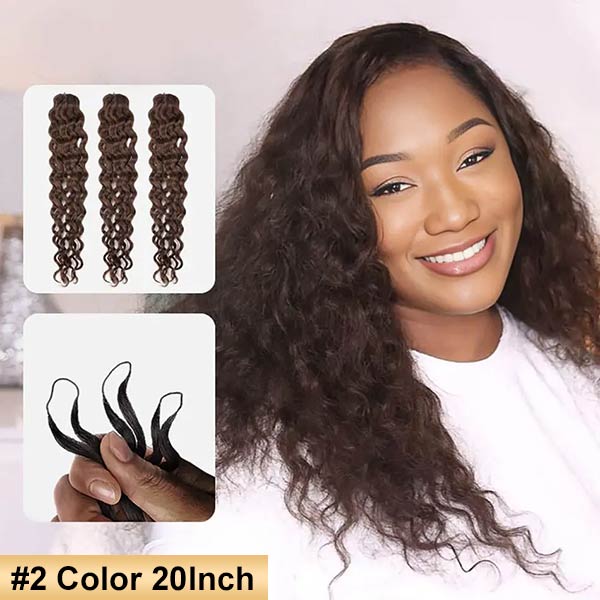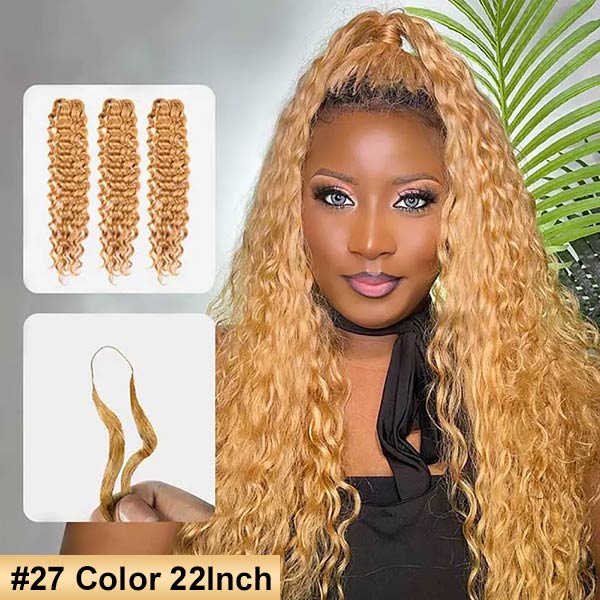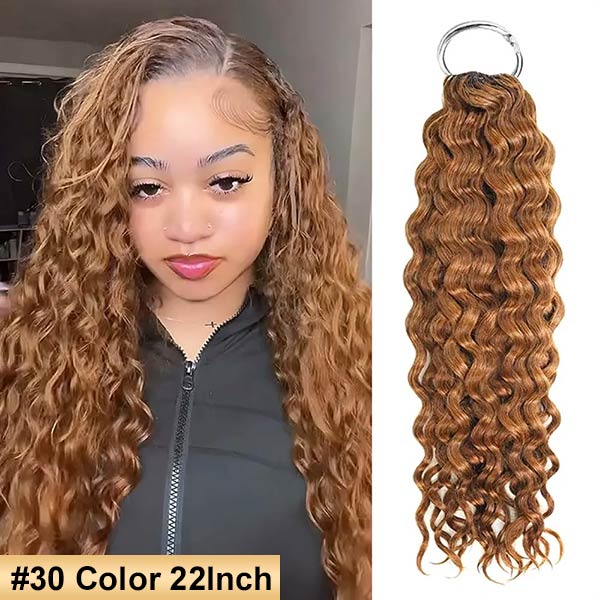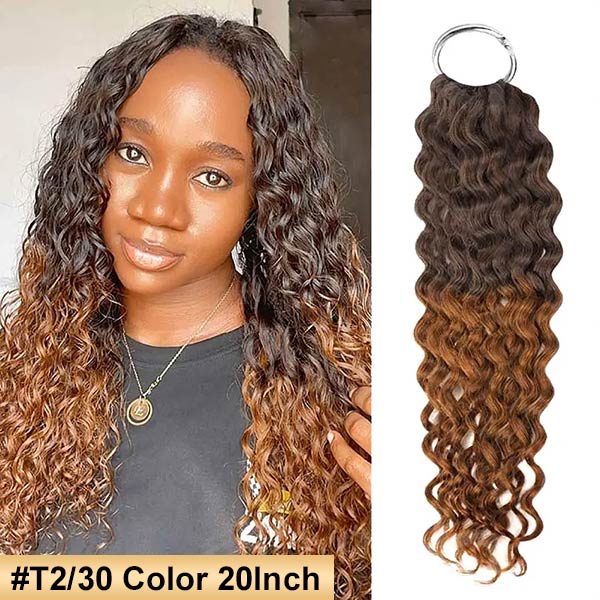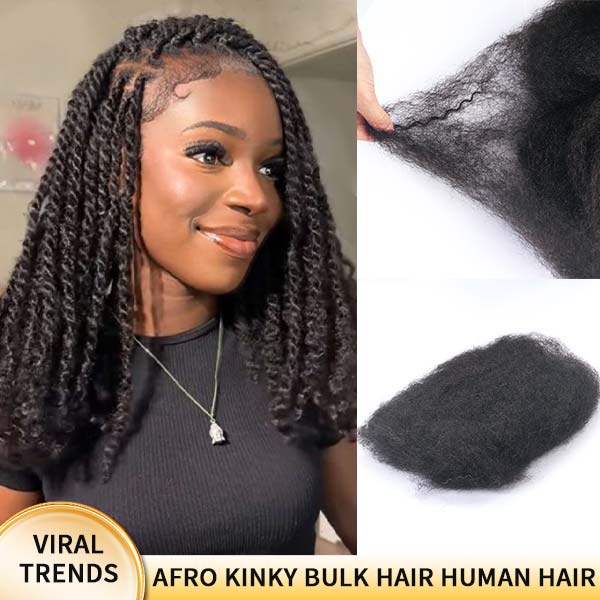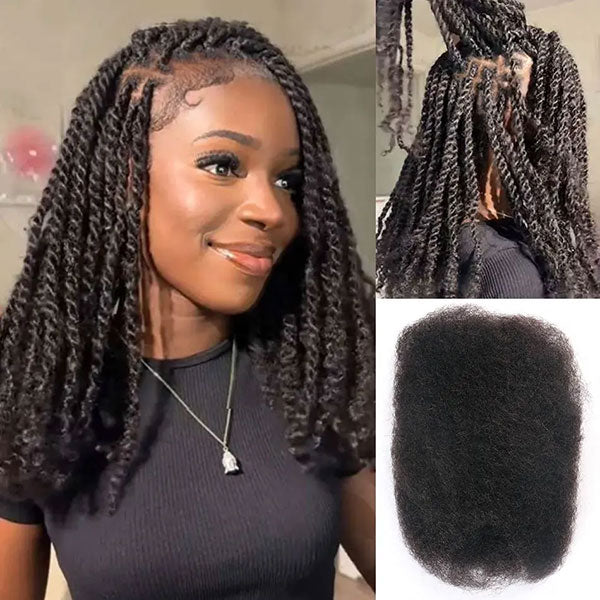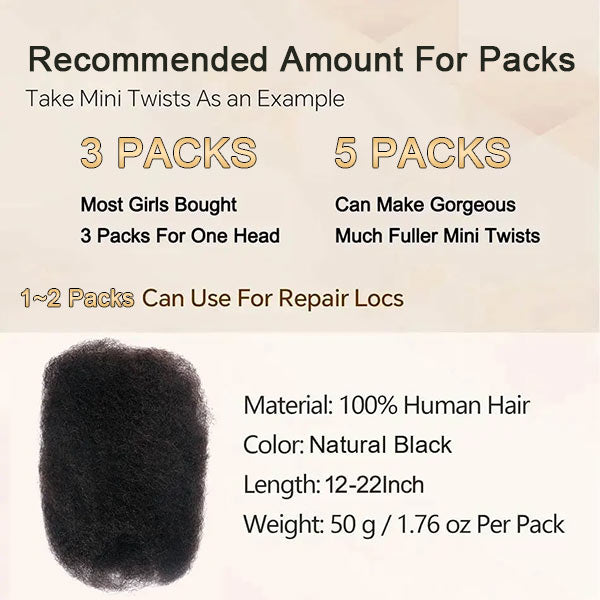“Will wearing a braided wig damage my edges?”—It’s a question many people ask before trying a protective style. And honestly, it’s a smart one to ask. Edges are the most delicate part of our hairline, and once they start thinning or breaking, it can take a long time to grow them back.
For protective style lovers, preserving edge health is just as important as achieving a great look. While braided wigs offer convenience and a break from constant styling, the wrong wig—or improper wear—can still lead to tension, friction, and damage.
However, a well-constructed, properly fitting wig made with breathable materials can actually help protect your edges.
In this post, we’ll break down what causes edge damage and how to prevent it—so you can enjoy your braided wig with confidence.

Can Braided Wigs Damage Your Edges?
Short answer: Yes—but only if they’re worn or cared for the wrong way.
Braided wigs are meant to protect your natural hair, but if you don’t wear them properly, they can cause edge damage. The main issues come from too much tension, poor wig fit, or using too much glue.
If a wig is too tight, it can pull on your hairline and cause thinning. A wig that doesn’t fit well might rub against your edges and lead to breakage. And using glue too often—especially without breaks—can weaken the hair around your edges over time.
So, it’s not really the wig that’s the problem—it’s how you wear and care for it. With the right fit and proper maintenance, braided wigs can protect your hair and keep your edges safe.

Key Factors That Can Harm Your Edges
To keep your edges healthy while wearing a braided wig, it’s important to know what can cause damage. Here are some common factors that put stress on your hairline:
- Tight Wig Fit: If the wig is too snug, it can create too much pressure around your edges, leading to tension and breakage.
- Rough Installation or Removal: Pulling, tugging, or being too rough when putting on or taking off your wig can weaken the delicate hairs around your hairline.
- Heavy Wig Construction: Wigs that are too heavy—especially with long or thick braids—can pull on your edges and cause stress on your scalp.
- No Breaks Between Installs: Constantly wearing wigs without giving your natural hair a break can lead to thinning over time. Your scalp needs time to breathe and recover.
- Overuse of Glues or Adhesives: Using glue too often, especially on sensitive skin near the edges, can irritate your scalp and damage the hairline if not handled carefully.
Knowing these risks can help you make smarter choices when wearing your braided wig and give your edges the care they deserve.

How to Protect Your Edges While Wearing a Braided Wig?
Wearing a braided wig doesn’t have to come at the expense of your edges. With the right habits and a well-made wig, you can enjoy a protective style while keeping your hairline healthy. Here’s how to do it right:
- Choose a High-Quality Wig: Opt for a wig that’s lightweight, breathable, and features adjustable straps or elastic bands. Go for a glueless wig if possible.These offer a secure, comfortable fit without putting pressure on your edges. A well-constructed wig sits naturally and avoids unnecessary tension on your hairline.
- Wear a Wig Cap Before Putting on Your Wig: A wig cap creates a soft barrier between your natural hair and the wig, helping to reduce friction and keep your hair tucked in. For the gentlest protection, choose silk or satin caps, which are softer on the scalp than mesh or nylon options.
- Apply a Light Hold Gel or Edge Control: Before wearing your wig, use a light hold gel or edge control to gently smooth down your edges. This helps reduce friction and keeps delicate hairs in place, lowering the risk of breakage.
- Don’t Wear Your Wig 24/7: Give your edges a break. If possible, remove your wig at night to reduce constant tension and allow your scalp to breathe and recover.
- Moisturize Your Edges: Healthy edges are moisturized edges. When you're not wearing your wig, apply a lightweight oil or leave-in conditioner to keep the hairline soft, nourished, and less prone to thinning.
- Store Your Wig Properly: When not in use, place your wig on a wig stand or store it in a satin or silk bag. This helps maintain its shape and prevents the lace or cap from stretching or pulling.
With these simple steps, you can protect your edges while still enjoying all the style and convenience that braided wigs have to offer.
Signs Your Wig Is Harming Your Edges
Your edges will often let you know when something’s not right. If your wig isn’t fitting properly or is causing too much stress on your hairline, you might start noticing some of these warning signs:
- Soreness or Tenderness Along the Hairline: If your scalp feels sore or sensitive after wearing your wig, it may be too tight or causing too much tension.
- Thinning or Broken Hairs Near the Edges: One of the earliest signs of damage is hair that starts to thin out, snap, or fall out around your edges.
- Redness, Bumps, or Irritation from Adhesives: If you notice any irritation after using glue or gel, it could be a sign that your skin is reacting negatively or that the product is being overused.
- Receding Hairline After Consistent Wear: If your hairline appears to be moving back or changing shape, your wig may be causing too much stress on your edges.
Catching these signs early can help prevent long-term damage. If you notice any of them, it’s a good idea to take a break from wigs, adjust your application method, or switch to a more edge-friendly option.
Why Braided Wigs from MyBraidedWig.com Are Edge-Friendly?
At MyBraidedWig.com, protecting your natural hair—especially your edges—is a top priority. Our braided wigs are carefully designed to give you both style and safety, so you never have to choose between the two. Here’s what makes our wigs edge-friendly:
- Lightweight, Breathable Full Lace Design: Our wigs feature lightweight braids paired with breathable full lace caps, creating a light and airy feel on your scalp. This design helps relieve tension and allows your scalp to breathe, keeping your edges comfortable and protected.
- Adjustable for a Comfortable Fit: Each wig comes with adjustable straps or elastic bands, so you can secure it without glue or excessive tightness. That means less pressure on your hairline and more flexibility in how you wear your wig.
- No Pulling, No Tension on Natural Hair: Unlike traditional braids that can strain your scalp and natural hair, braided wigs offer the same stylish look instantly—while keeping your natural hair protected and free from tugging or tension.
With the right fit, breathable materials, and protective styling, our braided wigs help you look good and keep your edges intact.
Conclusion
Braided wigs don’t have to damage your edges—what matters most is how you wear and care for them. With the right wig and proper maintenance, you can enjoy all the beauty of braids while keeping your hairline healthy and intact.
Treat your edges with the care they deserve by choosing high-quality braided wigs designed to protect, not pull. At MyBraidedWig.com, our edge-friendly braided wigs combine style, comfort, and protection—so you never have to compromise.
Explore our collection today and find the perfect braided wig that looks amazing and keeps your edges safe.
Related Articles:
Are Braided Wigs Bad For Your Hair?
Quick DIY Braided Wigs: Crochet Braids Meet Pre-Section Braided Wig Caps
How to Make Your Braided Wig Look Natural?







